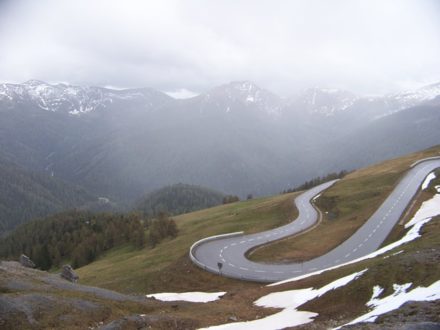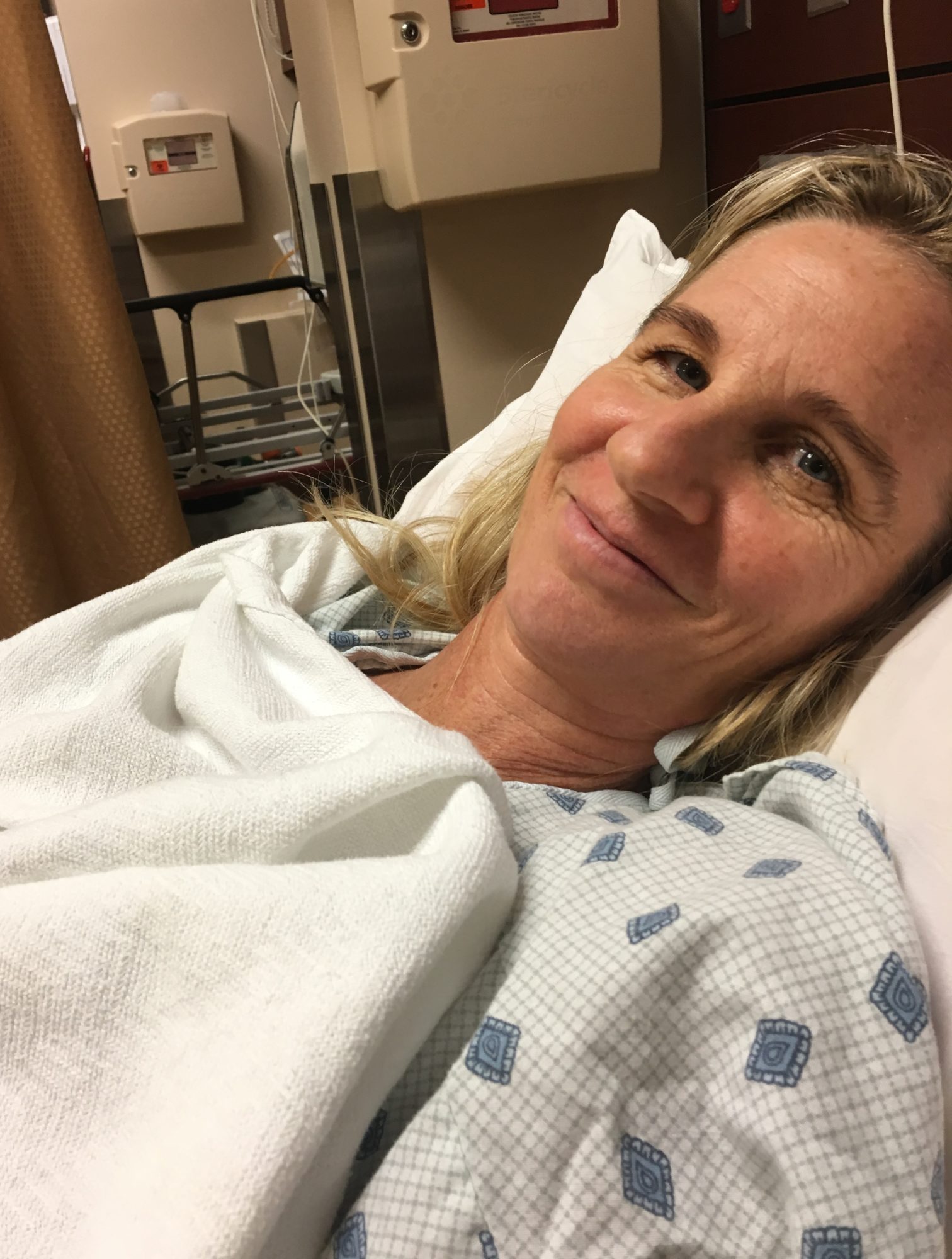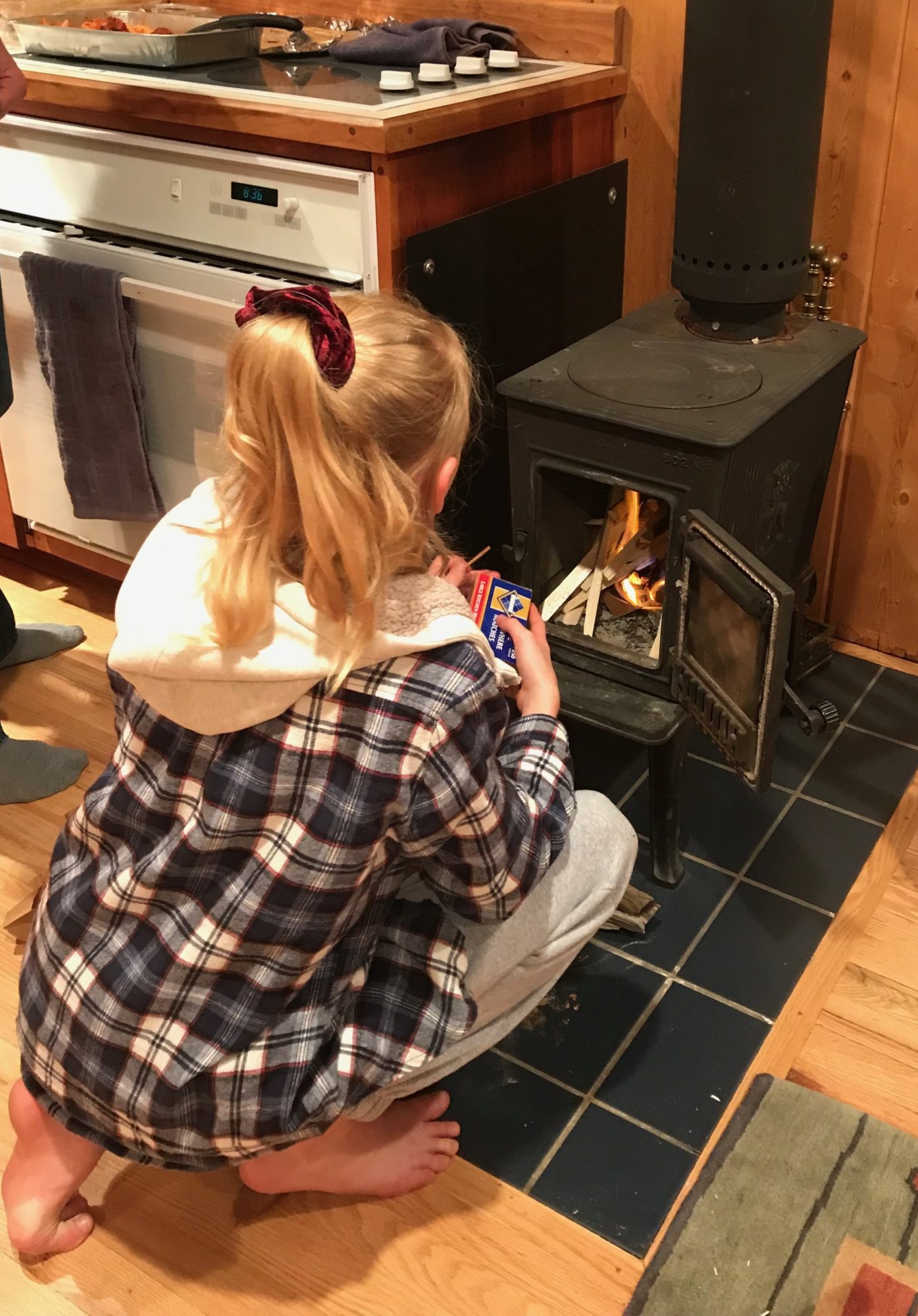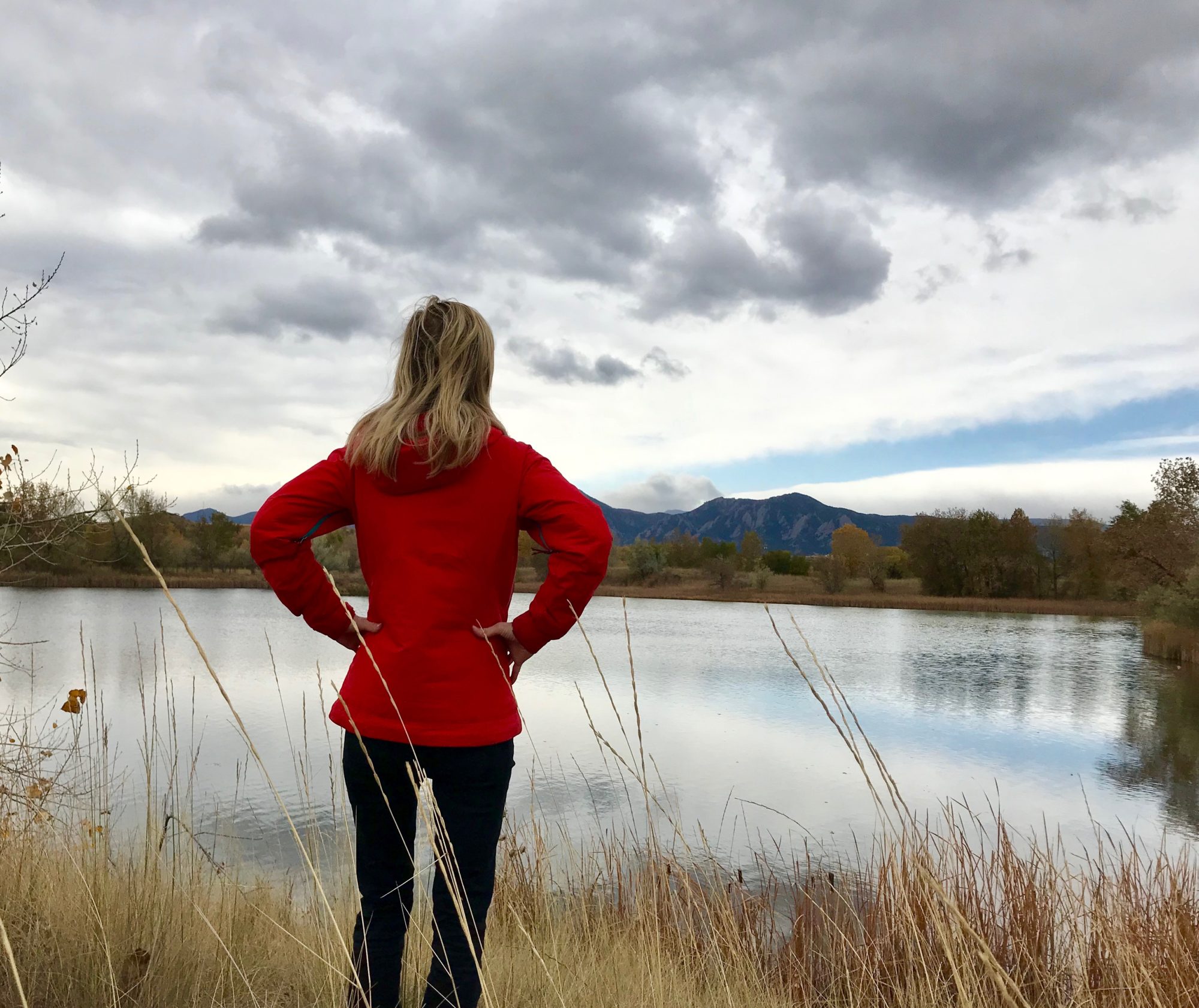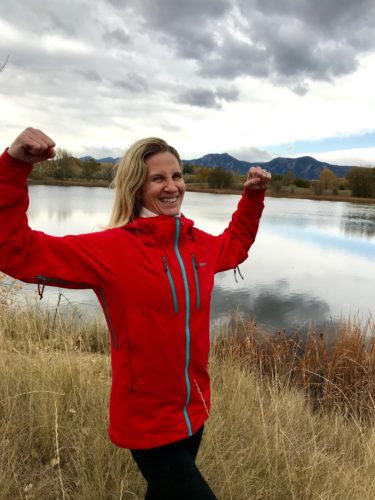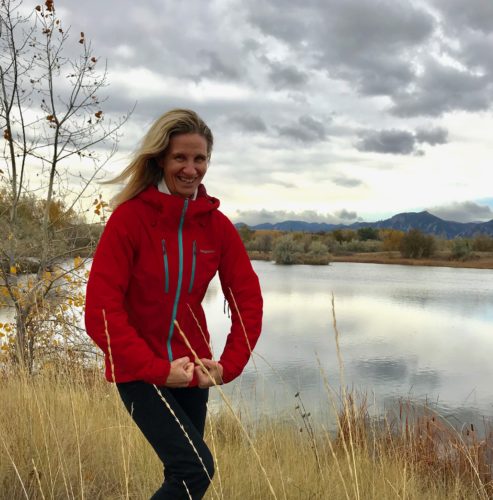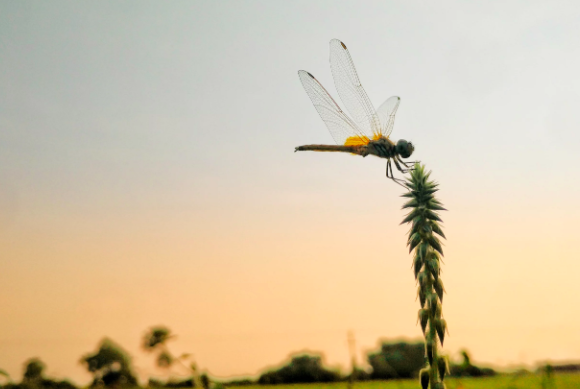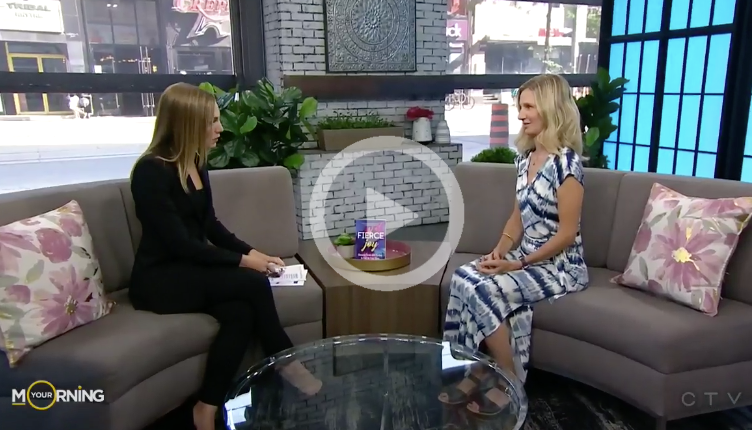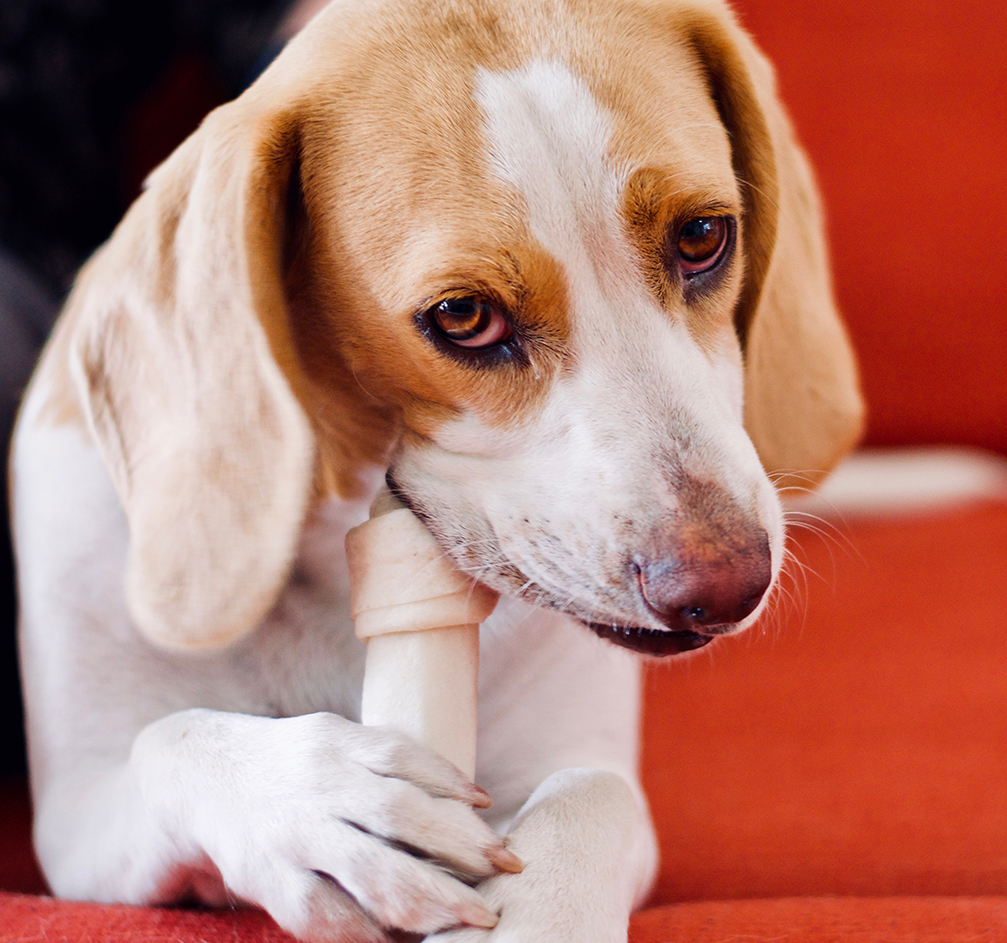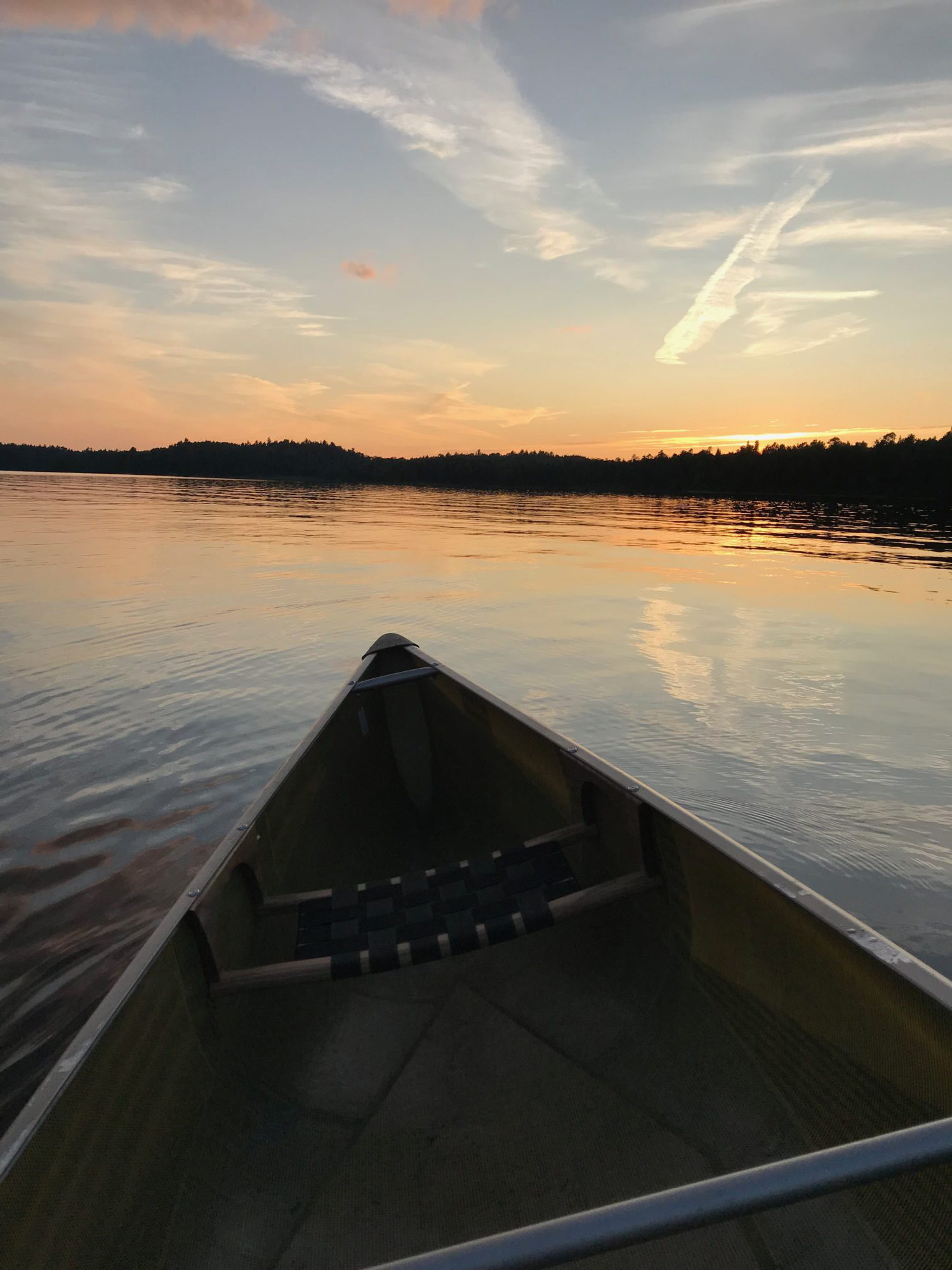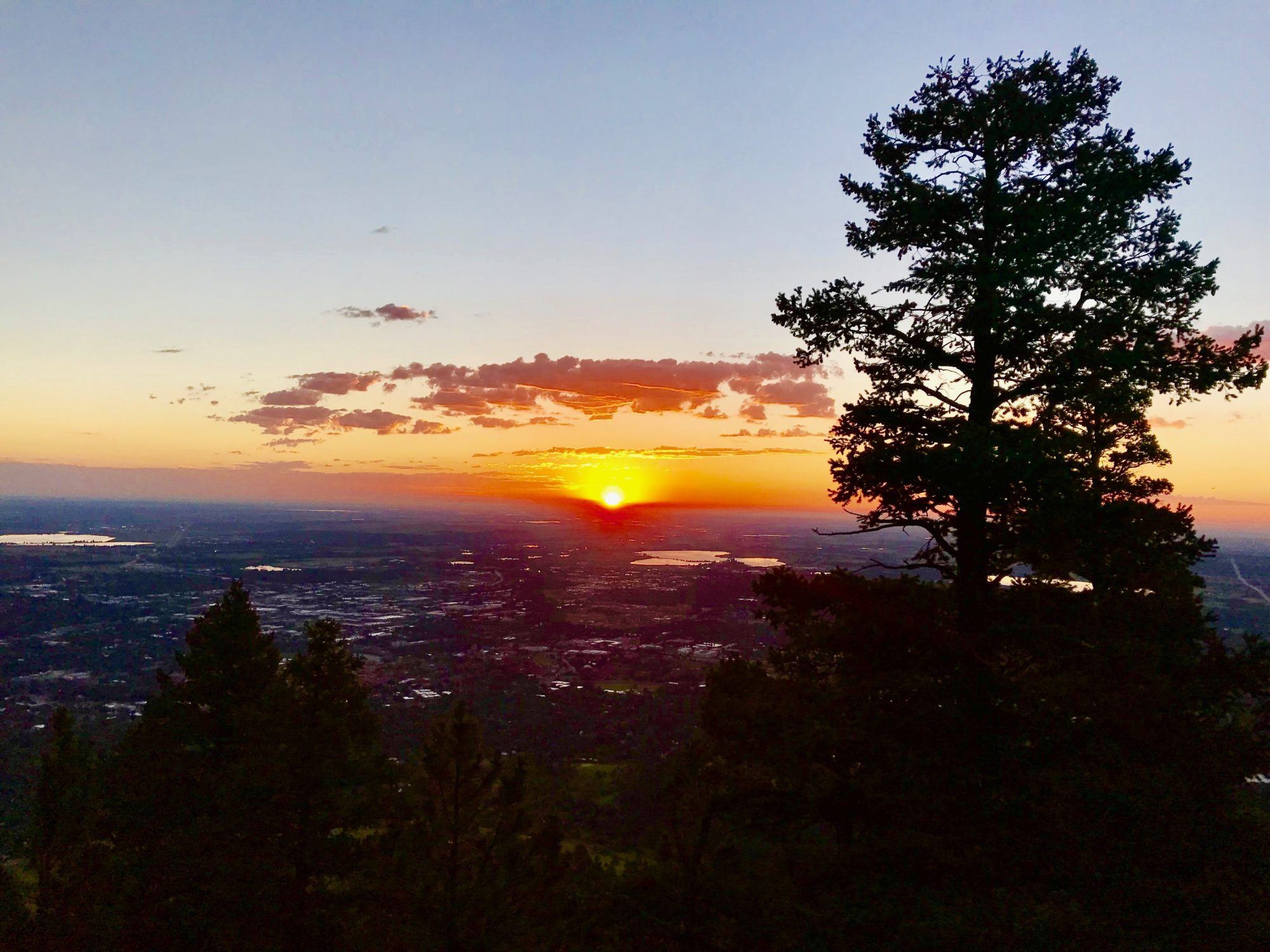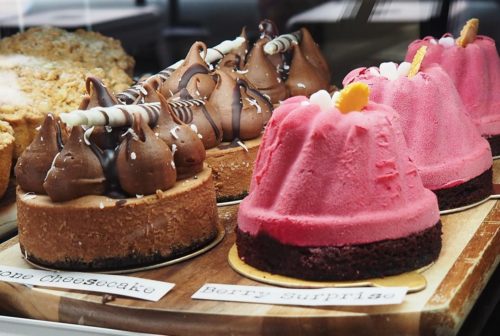What is the experience of having our expectations turned upside down?
I was supposed to have major surgery on my spine. The doctor was supposed to remove a tumor balanced between two vertebrae in my neck. And I was supposed to wake up tumor free.
But just thirty minutes into a pre-operative procedure, they discovered something no one had predicted. A tiny blood vessel (like a tributary of a river) near the tumor is one of the only blood supplies to my spine. The telltale sign of this is a hairpin turn in the bloodflow. This led to a hairpin turn in my plans. The risk of severing this blood vessel during surgery was too great to go forward with the operation. In the future, other blood vessels may take over and feed my spine, making the surgery viable again. And since the tumor is not dangerous right now, we can just watch and wait.
So how does this change feel?
It feels bad. The tumor is still there. Plus, so much psychological, spiritual, and physical energy went into preparing for this surgery. I was fully committed to one experience, and I got another.
It feels good. I narrowly escaped a fusion from my skull to my shoulders, and the inability to look up or down. I also get to keep the strength in my right arm. And I can trust that I have an excellent, attentive surgeon who is bold enough to back off.
But the reality is not exactly bad or good. Doing the surgery was where I was a week ago.
Watching and waiting is where I am now. We are always just where we are.
A friend sent me a quote, “Meandering creates the path.” I want to paint it in gold on my children’s bedroom wall.
And when my kids experience heart-breaking twists in their lives, I hope I’ll say, “Woah. That hurts. I’m with you through this change, and every change.”
But what were my first thoughts when they told me that the surgery was postponed indefinitely?
- What?! This is terrible. Let me talk to someone who will tell me what I want to hear.
- Oh, wait. I get to live.
- I get to keep all this mobility and all this strength.
- Oh, but this sucks. It’s not what I planned.
- I am hungry and I want baked shell pasta.
Then I practically ripped out the IV tube and dashed out of the hospital. I didn’t feel like the woman I was even a day ago, nervous and cautious about what I ate and what I did in case it made the tumor grow.
I felt like a rebellious teenager who wants the music louder, and her boots taller and angrier. I moved like someone who will not be contained. In preparation for the surgery, I had to face death. Now I want to face life in all its pain and all its beauty. I don’t care whether it hurts or soothes, I just wanted to feel all of it.
We have no idea how life is going to play out. And yet we worry as if worrying helps. And we make our lives smaller, more cautious, in an effort to avoid uncertainty. But that only gets us stuck in the land of disappointment and regret when an unexpected change arises. If we want to say yes to life, we have to take this journey with all the hairpin turns and forks in the road. We have to feel it all.
It’s like that well-known essay “Welcome to Holland” by Emily Perl Kingsley, the parent of a child with Down syndrome. She describes the shift in her life this way: It’s as if you planned a fabulous vacation to Italy. You bought the guide books and learned some phrases in Italian. You dreamt of hand-made pasta and riding a gondola in Venice. But when you land, the flight attendant says, “Welcome to Holland.”
“Holland?!” you say, shocked and disappointed by the change. But, as Kingsley writes, “It’s not a horrible place. It’s just a different place…”
So Kurt and I practiced saying, “It’s just a different place” as we put away the clothes we’d no longer need, cancelled our lodging, and all of our plans. Then we did what felt right. With my brother Derek, we took our 79-year-old mother out to a rock concert.
The future is hidden from us. We only get to see little bits of it revealed, like a flashlight that only shines so far. We make the best decisions that we can, one fork in the road at a time. And we respond to each hairpin as well as we can. We grieve what was supposed to happen. Then we stretch our imaginations and our dancing muscles. And we eat whatever we want.
Love,
Susie
***
I’m baaack coaching and speaking again! I’d love to help you thrive amidst all the unexpected changes in your life. I’ve also crafted a 45-min keynote on how people and organizations can thrive in turbulent times. Do you know an organization or conference that needs this message? Get in touch with me.
***
image credit: Olle August

